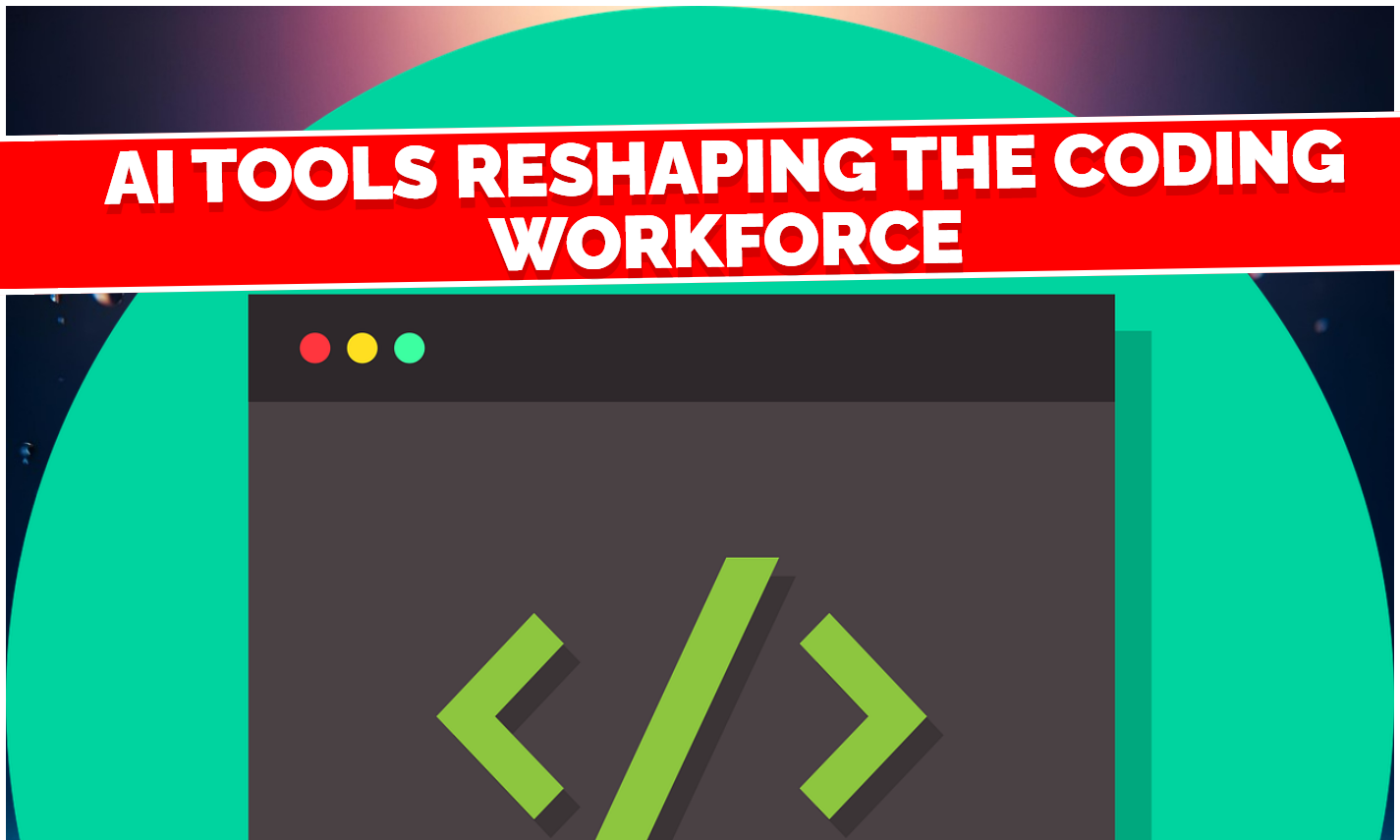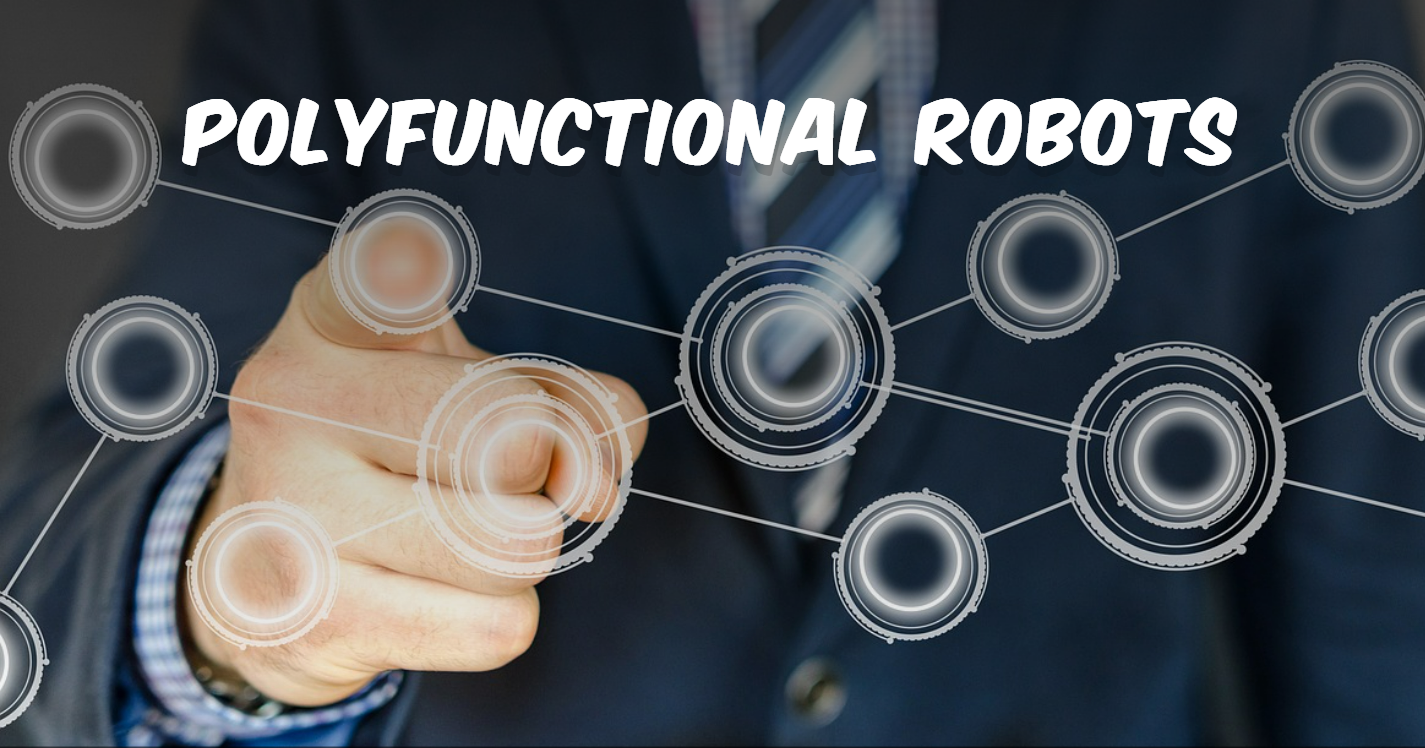Within the ever-evolving scene of innovation, Manufactured Insights (AI) and Machine Learning (ML) have developed as transformative strengths, revolutionizing the way we associated with and use computing frameworks.
This comprehensive exploration dives into the basic concepts of AI and ML, their applications over different businesses, challenges, and the potential future bearings of these energetic fields.
Understanding Counterfeit Insights and Machine Learning:
1. Characterizing Manufactured Intelligence:
Manufactured Insights alludes to the improvement of computer frameworks that can perform assignments that ordinarily require human intelligence. These errands incorporate discourse acknowledgment, problem-solving, learning, and decision-making. AI frameworks point to imitate human cognitive functions, enabling machines to adjust and move forward their execution over time.
2. The Part of Machine Learning:
Machine Learning could be a of AI that centers on the advancement of calculations and measurable models that empower computers to memorize and make forecasts or choices without unequivocal programming. ML frameworks utilize information to iteratively move forward their execution, recognizing designs and making educated choices based on the data they receive.
Key Components and Sorts of Machine Learning:
1. Administered Learning:
In administered learning, the calculation is prepared on a labeled dataset, where the input information is combined with the comparing yield. The demonstrate learns to outline inputs to yields, making forecasts or classifications when displayed with modern, concealed data.
2. Unsupervised Learning:
Unsupervised learning includes preparing calculations on unlabeled information, and the framework finds designs or structures inside the information without predefined yields. Clustering and dimensionality diminishment are common errands in unsupervised learning.
3. Fortification Learning:
Fortification learning includes preparing models to form groupings of decisions in an environment to maximize a aggregate compensate. The framework learns by getting criticism within the frame of rewards or punishments based on its actions.
4. Profound Learning:
Deep Learning may be a of ML that utilizes neural systems with different layers (profound neural systems) to extricate complex highlights from information. Profound learning has been especially effective in assignments such as picture and discourse recognition.
Applications of AI and ML Over Industries:
1. Healthcare:
AI and ML are transforming healthcare through applications like symptomatic imaging, personalized pharmaceutical, and medicate revelation. Prescient analytics and machine learning calculations offer assistance in early disease detection and treatment optimization.
2. Finance:
In the money related division, AI and ML are utilized for fraud detection, chance evaluation, algorithmic exchanging, and client benefit. These innovations upgrade decision-making forms and move forward the precision of money related predictions.
3. Retail and E-Commerce:
Retailers utilize AI for request estimating, personalized recommendations, and stock administration. Chatbots fueled by ML give client bolster, improving the by and large shopping experience.
4. Independent Vehicles:
AI and ML play a vital part within the advancement of independent vehicles. Machine learning calculations empower vehicles to recognize and react to their environment, making choices based on real-time data.
5. Manufacturing:
In fabricating, AI-powered frameworks optimize generation forms, foresee gear disappointments through prescient upkeep, and move forward quality control. Mechanical autonomy and robotization advantage from AI for adaptive and shrewdly decision-making.
6. Normal Dialect Preparing (NLP):
NLP, a department of AI, centers on the interaction between computers and human dialects. Applications incorporate dialect interpretation, estimation examination, and chatbots that get it and react to common language.
Challenges and Moral Considerations:
1. Predisposition in AI:
Inclination in AI models can emerge from one-sided preparing information, leading to unjustifiable or oppressive results. Tending to predisposition in AI could be a challenge, requiring cautious thought of information sources and demonstrate preparing processes.
2. Need of Explainability:
Numerous progressed AI models, especially in profound learning, are considered “dark boxes” due to their complexity. The need of explainability raises concerns around how choices are made, particularly in basic applications like healthcare and finance.
3. Information Security and Security:
The vast sums of information required for AI and ML preparing posture noteworthy challenges in terms of information protection and security. Safeguarding sensitive data and guaranteeing compliance with security directions are continuous concerns.
4. Moral Utilize of AI:
The ethical utilize of AI includes tending to issues related to straightforwardness, responsibility, and dependable AI improvement. Building up moral rules and systems is fundamental to guarantee AI innovations advantage society without causing harm.
5. Overreliance on AI:
Overreliance on AI frameworks without human oversight can lead to complacency and potential dangers. Striking a adjust between mechanization and human control is pivotal to guarantee dependable and secure AI deployment.
The Future of AI and ML:
1. Explainable AI (XAI):
Tending to the need of straightforwardness in AI models, Logical AI points to create frameworks that give reasonable clarifications for their choices. Usually significant for picking up believe and acknowledgment in critical applications.
2. Unified Learning:
Unified Learning empowers show preparing over decentralized gadgets whereas keeping information localized. This approach improves protection by maintaining a strategic distance from the have to be delicate information for preparing purposes.
3. AI in Edge Computing:
Bringing AI to the edge, closer to the information source, decreases inactivity and makes strides effectiveness. AI applications in edge computing are especially pertinent in scenarios where real-time decision-making is essential.
4. AI for Climate Change and Sustainability:
AI is being connected to address natural challenges, counting climate alter. From optimizing vitality utilization to observing and overseeing natural assets, AI can play a critical part in cultivating sustainability.
5. Proceeded Headways in Characteristic Dialect Processing:
Progressions in NLP are anticipated to upgrade dialect understanding, making AI frameworks more proficient at translating setting, estimation, and nuances in human communication.
Conclusion:
In conclusion, the energetic areas of Fake Insights and Machine Learning proceed to rethink the possibilities of computing, driving advancement and reshaping businesses over the globe. As these innovations advance, tending to challenges related to predisposition, straightforwardness, and ethical contemplations gets to be basic for dependable AI advancement.
Long haul holds energizing prospects, from explainable AI to applications in edge computing and maintainability, exhibiting the endless potential of brilliantly computing in tending to complex societal challenges. As we explore the advancing scene of AI and ML, the collaboration between technologists, policymakers, and ethicists gets to be significant in guaranteeing that these transformative innovations contribute emphatically to the improvement of humankind.









Leave a Reply